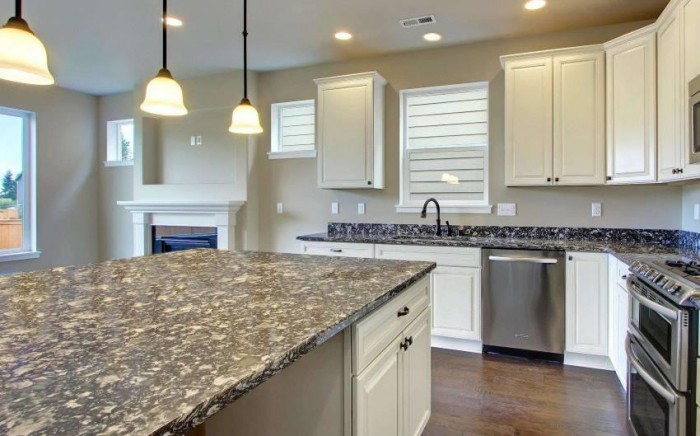Stone is a ubiquitous material in construction, decoration, and various other fields, prized for its durability and beauty. However, despite stone’s resilience, it can still suffer damage, scratches, corrosion, and other forms of wear and tear over time. Fortunately, some common repair methods can effectively repair damaged stone surfaces. Ensure they return to their original appearance and structural integrity.
Filling Repair Method
One of the most common repair methods for small areas of surface damage to stone is the fill repair method. This method is particularly useful for fixing small dents, holes, and other localized damage. The principle of the filling repair method is to use filling materials that closely match the color and composition of the stone. Such as epoxy resin, stone glue, etc., to fill the damaged area and restore its original shape and appearance.
The steps for the filling repair method are as follows:
1. Clean the surface: First clean the damaged area of the stone surface thoroughly with soapy water or clean water to remove sand, dust, or other impurities. Ensuring the surface is clean and dry is critical to a successful repair.
2. Prepare repair materials: Choose appropriate stone glue, caulking agent, or other repair materials that are compatible with the stone material and color. Mix the selected restorative material thoroughly according to the instructions provided to ensure consistent and effective application.
3. Fill cracks: Use a scraper to evenly apply the mixed caulking material to the cracks or damage, ensuring that the material is filled in place and the surface is smooth and flat.
4. Sand the surface: After the caulking material has dried, use a grinder or hand sanding tool (such as a hand polishing pad, or sandpaper) to carefully sand the repair area to ensure it blends seamlessly with the surrounding stone surface. This step is essential to achieve an even and seamless connection between the repaired area and the rest of the stone surface.
Partial Renovation and Repair Method
The principle of partial renovation and restoration is to smooth the surface of the damaged area through techniques such as grinding and sanding, and then use paint or dye to restore the original appearance of the stone. This method is ideal for addressing wear, discoloration, and other localized damage to stone surfaces, providing a practical and effective solution for restoring the stone’s aesthetic appeal.
The steps for partial renovation and repair methods are as follows:
1. Clean the surface: Start by cleaning the stone surface thoroughly with soapy or clean water to remove any sand, dust, or impurities that may have accumulated over time. A clean surface is critical to the success of the restoration process.
2. Prepare repair materials: Choose appropriate repair materials that match the material and color of the stone, such as stone glue, caulking agent, etc. Thoroughly mix and prepare selected restorative materials to ensure consistent and effective application.
3. Fill the gap: Use a scraper to apply the mixed repair material to the local area that needs to be repaired, ensuring that the material is evenly applied and the surface is smooth and flat.
4. Grinding and polishing: After the repair material is dry, use a grinder and a polishing pad to carefully grind and polish the repair area to ensure that it blends seamlessly with the surrounding stone surface. This step is essential to achieve an even and seamless connection between the repaired area and the rest of the stone surface.
Total Renovation and Restoration Method
The principle of the overall renovation and restoration method is to repair the entire stone surface through comprehensive sanding and painting. This method is particularly suitable for addressing extensive damage and defects, providing a practical and effective solution for restoring the beauty of stone.
The steps for the overall renovation and restoration method are as follows:
1. Clean the surface: First clean the entire stone surface thoroughly with soapy or clean water to remove any accumulated sand, dust, or impurities. Clean surfaces are critical to the success of the renovation process.
2. Prepare repair materials: Choose appropriate repair materials that match the material and color of the stone, such as stone glue, caulking agent, etc. Thoroughly mix and prepare selected restorative materials to ensure consistent and effective application.
3. Overall grinding: Use a grinder to fully grind the entire stone surface to ensure smoothness and prepare for subsequent repair and restoration steps.
4. Fill gaps: Apply the mixed repair material to the gaps and damaged areas on the stone surface to ensure that the material is evenly applied and the surface is smooth and flat.
5. Grind and polish again: After the repair material is dry, use the grinder and polishing materials again to carefully grind and polish the entire stone surface to restore it to its original luster and appearance. This step is essential to achieve an even and seamless connection between the repaired area and the rest of the stone surface.
Post time: Mar-22-2024

